12 Blockbuster Movies Everyone Rushed to See—But Almost No One Rewatches Now

You know those mega-hits that dominated headlines, sold out theaters, and had everyone buzzing for a week? Strangely, many of them now gather dust in our streaming queues, rarely clicked, barely missed.
Hype got us in the door, but staying power is a different game entirely. Let’s revisit the splashy smashes that once defined moviegoing—and explore why they rarely earn a second spin.
1. Avatar (2009)
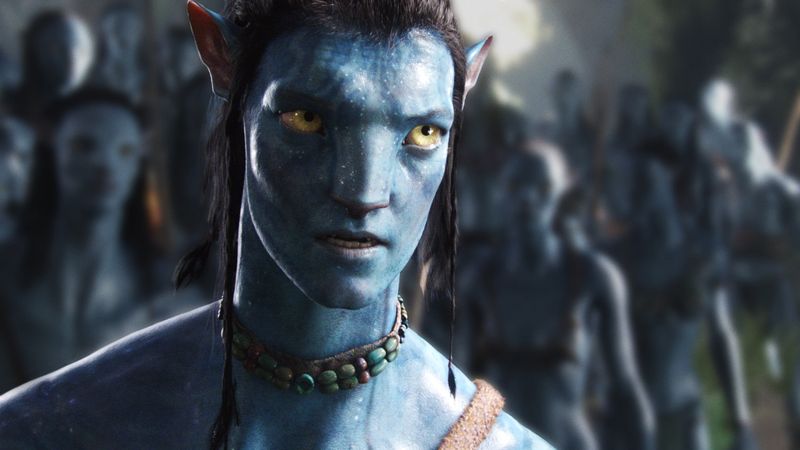
Once upon a time, this was the impossibly big movie that promised a new era of cinema. People queued around blocks for the 3D experience, mouths open at floating mountains and fluorescent forests. As a theatrical event, it felt like a theme-park ride: unforgettable the first time, impossible to replicate at home.
On the couch, though, the spell fades. The astonishing vistas remain, yet the characters blur like yesterday’s dream, their names slipping away even before the credits end. Familiar narrative beats—colonizers, chosen hero, sacred land—play like a Greatest Hits playlist of sci-fi tropes.
That’s not a crime, just a rewatch hurdle. Without the glasses and gasp-inducing scale, the momentum slows, and the movie’s earnestness reads a bit textbook. For many, nostalgia for the experience lingers longer than any urge to press play again.
2. The Da Vinci Code (2006)
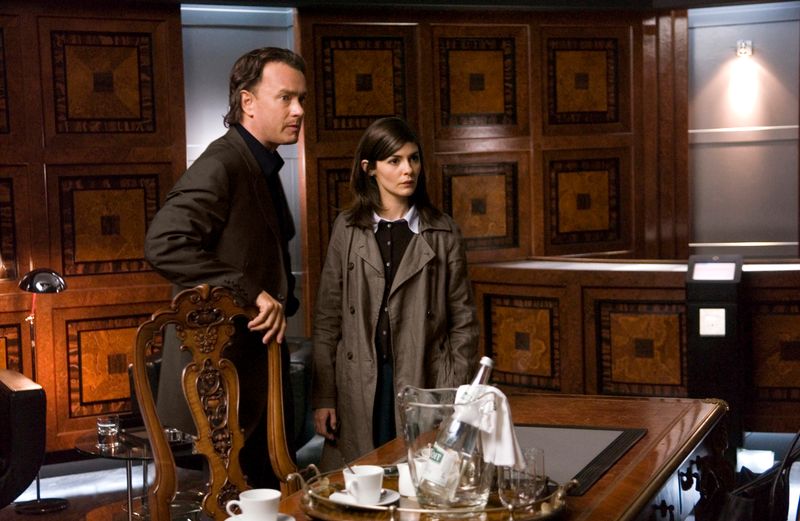
Racing from the Louvre to shadowy chapels, this adaptation wore its controversy like a billboard. The excitement was palpable: secrets, codes, conspiracies, and a treasure hunt pitched at airport-novel speed. In a theater, the thrum of collective curiosity carried the puzzle forward.
At home, the momentum becomes homework. Exposition piles on like textbooks in a backpack, and every revelation requires a quick mental spreadsheet. The thriller pace stalls whenever a character must deliver a seminar on iconography or sacred geometry.
It still has moody European vibes and a confident star turn, qualities that play well once. Rewatching, though, feels like auditing a course you already passed. The twists, once untangled, refuse to coil back into mystery, leaving a competent, talky scavenger hunt that rarely beckons for another round.
3. Harry Potter and the Deathly Hallows – Part 1 (2010)
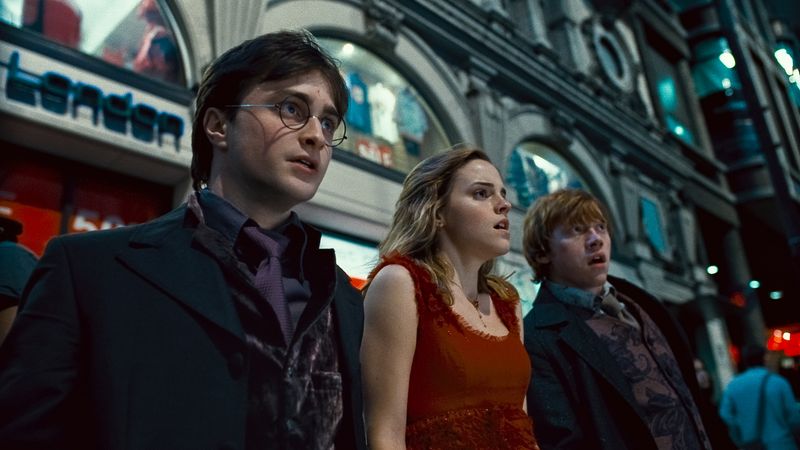
By the time wands were raised for the endgame, anticipation felt like a global spell. This installment chose quiet dread over fireworks, isolating its heroes in forests, fields, and fears. That creative choice captures the weight of war—but it also makes the journey feel deliberately airless.
Without Hogwarts’ bustling corridors or a big-school-year arc, the narrative hovers in limbo. The trio’s frayed friendships and the horcrux’s psychic drag are thematically rich yet dramatically repetitive. Scenes of trudging and hiding, however purposeful, erode the impulse to revisit.
On first viewing, the slow burn sets the table for Part 2’s feast. On a rewatch, the meal is still being prepped, and you can hear the pots clanging. Most fans skip ahead to dessert, remembering this chapter more for its necessary mood than must-see moments.
4. Jurassic World (2015)

Dinosaurs returned to multiplexes with the swagger of a billion-dollar encore. For a weekend, it felt like 1993 again: squeals, roars, and popcorn tossed mid-scare. The nostalgia hit hard, and the spectacle delivered clean, high-gloss mayhem.
Rewatching, the blueprint shows its pencil lines. Characters slot into tidy archetypes, quips feel lab-tested, and the thrills arrive like clockwork rather than surprise. The movie moves briskly but safely, a roller coaster with visible track.
That makes it fun, but not sticky. The original’s wonder—those lingering, reverent shots—gave the dinosaurs souls; here, they’re often brand assets. When the novelty wears off, you’re left with a competent creature feature that entertains once, then cedes shelf space to its more magical ancestor.
5. The Twilight Saga: Breaking Dawn – Part 2 (2012)
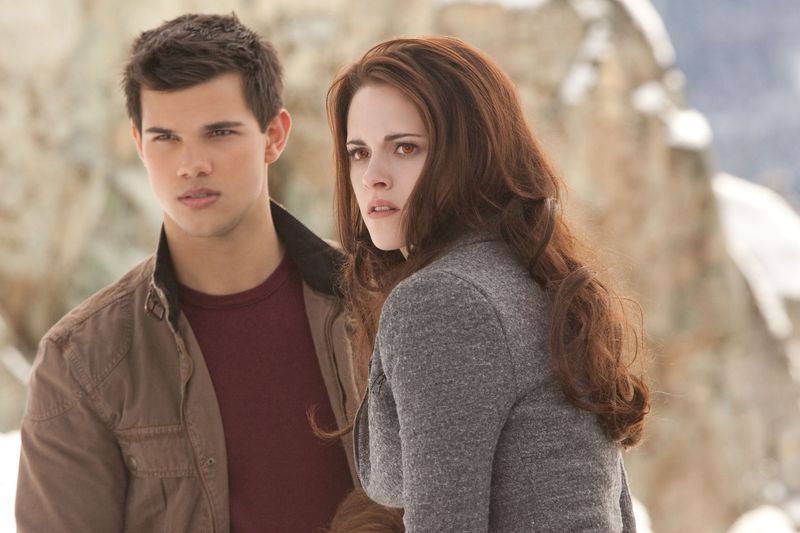
The finale arrived like a prom night: everyone showed up, emotions ran high, and drama ensued. Fans got closure, a wild twist-battle, and glossy farewells. The theater experience was communal squealing and audible gasps—the franchise at peak spectacle.
At home, the sheen thins a bit. Outside that audacious combat sequence, the movie relies on sentimental payoff and lore housekeeping. There’s charm in that, yet the juice mostly comes from the finale’s bait-and-switch.
Once you know the trick, repeat viewings feel like déjà vu with sparkles. The romance still glows for devotees, but casual rewatchers rarely reach for it. It’s the ultimate “you had to be there” entry: built to thrill once, designed to be remembered more than re-experienced.
6. Transformers: Revenge of the Fallen (2009)
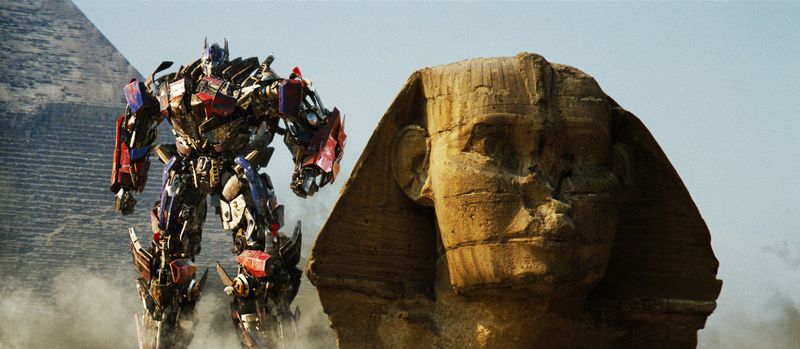
The promise was bigger bots, louder booms, and summer turned up to eleven. On release, that was enough: audiences chased the scale, letting the metallic thunder wash over plot hiccups. The box office roared louder than any Decepticon.
Then the rewatch hit like a headache. Scenes sprawl, geography blurs, and humor thuds with clangy insistence. Action overload drowns character beats until everyone feels like a quip delivery system trapped in a demolition derby.
If you want pure noise-and-gizmo spectacle, it still delivers in maximalist bursts. But cohesion? Not so much. The result is a movie you remember as a vibe rather than a story—fun for a Friday night once, too exhausting to invite back the next.
7. Alice in Wonderland (2010)
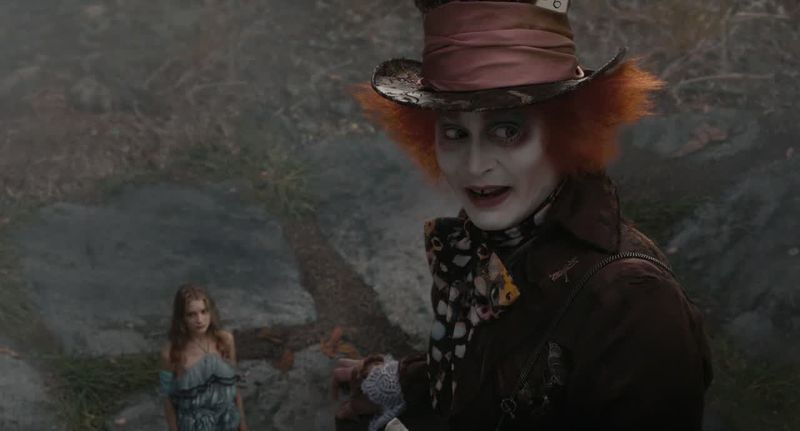
This reimagining arrived like a parade float—gaudy, towering, and impossible to ignore. Tim Burton’s visual stamp turned every frame into a postcard from a dream. Theatrically, it felt like strolling through a dark carnival built with Disney money.
Yet repeated strolls can be tiring. The story bumps along like a guided tour, hitting curated oddities rather than emerging from character need. Quirk calcifies into decor, leaving the heart to rummage for warmth beneath the makeup.
It’s a feast for the eyes that becomes an all-you-can-eat buffet of whimsy. After one plate, most are full. The world remains impressive, but the invitation to return gathers dust, pretty to look at and strangely difficult to love twice.
8. Fifty Shades of Grey (2015)

Curiosity sold tickets faster than roses on Valentine’s Day. The cultural moment was undeniable—think pieces, debates, and blushing group outings to the multiplex. As an event, it functioned like a pop Rorschach test for desire and taboo.
As a rewatch, the seams squeak. Dialogue lands with the grace of a spilled latte, and chemistry flickers when it needs to burn. The push-pull dynamic, intriguing once, turns procedural: contract chats, boundary talks, rinse and repeat.
There’s sleek production and an earworm soundtrack, sure. But after the first tour through the red room, novelty fades and awkwardness lingers. Most viewers file it under “been there, seen that,” reaching for other romances with fewer spreadsheets and more sparks.
9. The Matrix Reloaded (2003)
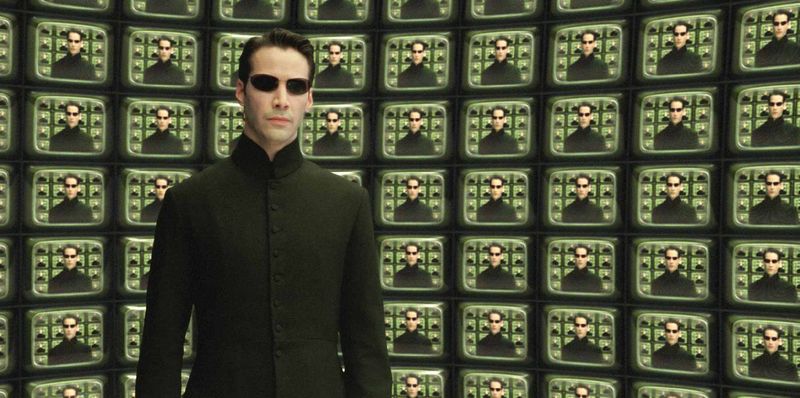
Hype’s gravity was irresistible; after the first film rewired minds, this sequel promised bigger questions and bigger action. In theaters, the freeway chase and burly brawl sequences elicited applause. The ambition was audacious, a heady cocktail of kung fu, code, and fate.
At rewatch time, the cocktail separates. Philosophy lectures stall the pulse, and pacing lurches between transcendent set piece and seminar. The Architect’s monologue alone feels like cramming for finals in a black trench coat.
There’s still beauty in its movement and conviction in its ideas. But when you already know the riddle’s answer, the detours feel longer, the tangents loopier. Many admire it, fewer press replay, preferring to revisit the original’s clean hit of revelation.
10. I Am Legend (2007)

For a while, this was the go-to example of blockbuster minimalism: one man, one dog, and a city swallowed by silence. The theatrical experience was tense and poignant, powered by Will Smith’s magnetic solitude. Jump scares punctured the hush with surgical precision.
Rewatching, the bleakness settles in like fog. Limited color, limited hope, and an ending that split audiences down the middle don’t scream “comfort viewing.” The creatures’ CGI also shows its age, softening the fear factor on smaller screens.
Still, the first visit lingers—the empty streets, the mannequins, the echoes of lost radio calls. It’s just not the kind of world most people reenter for fun. Respect remains; the repeat invitation, not so much.
11. The Hunger Games: Mockingjay – Part 1 (2014)
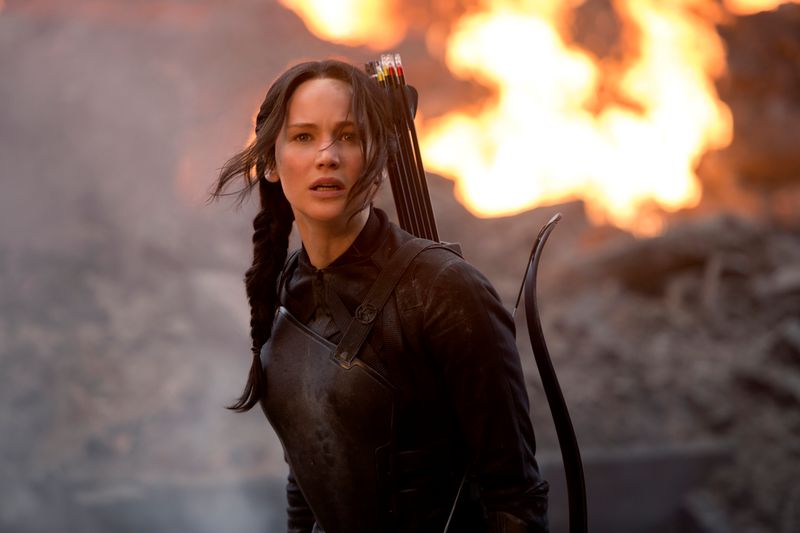
Splitting finales was the trend, and this installment played the long game. The spectacle shrinks to strategy rooms and propaganda shoots, trading arenas for airwaves. It’s smart, sober, and necessary—but quieter than the adrenaline-craving crowd expected.
On revisit, the transitional bones show. Character stakes simmer, missions tease, and payoffs are deferred like packages stuck in shipping. The movie does the heavy lifting so Part 2 can dance.
That makes it important, not irresistible. Fans often leapfrog to the conclusion, grateful for this chapter’s groundwork yet reluctant to re-live it. As a hinge, it turns beautifully; as a destination, it’s a lobby where you don’t linger.
12. Spider-Man 3 (2007)
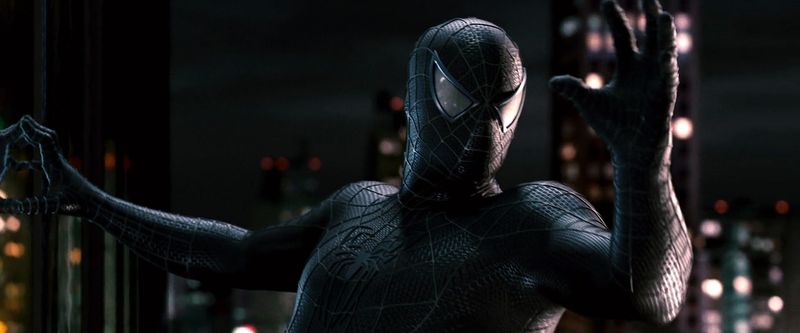
The end of a beloved trilogy commanded sold-out shows and sky-high expectations. Audiences got a buffet: symbiote angst, Sandman pathos, rival romances, and a rival Spider. On a big screen, the sheer volume of plot felt like value.
Time reveals the clutter. Threads tangle, tones clash, and the infamous swaggering stroll has become meme royalty. Action scenes pop, but emotional arcs jostle for space like commuters at rush hour.
There’s campy charm and a few strong swings, yet rewatches spotlight the overstuffed suitcase. You can zip it shut once; opening it again is chaos. Most fans revisit the earlier entries for clean catharsis and leave this finale as a curious, cobwebbed artifact.

Comments
Loading…